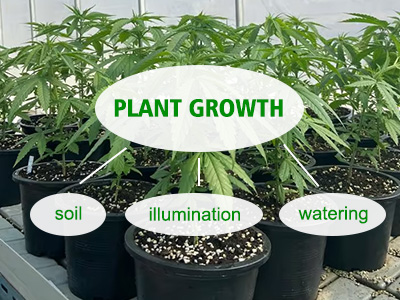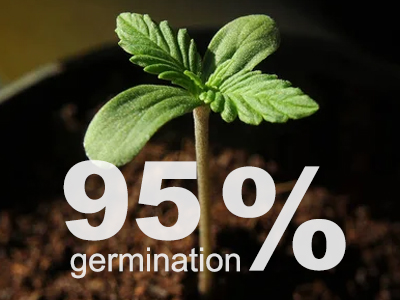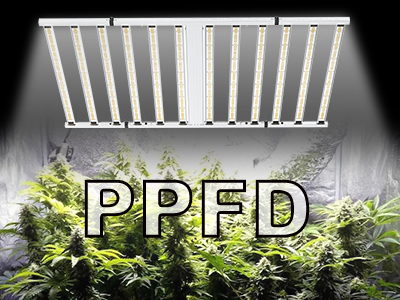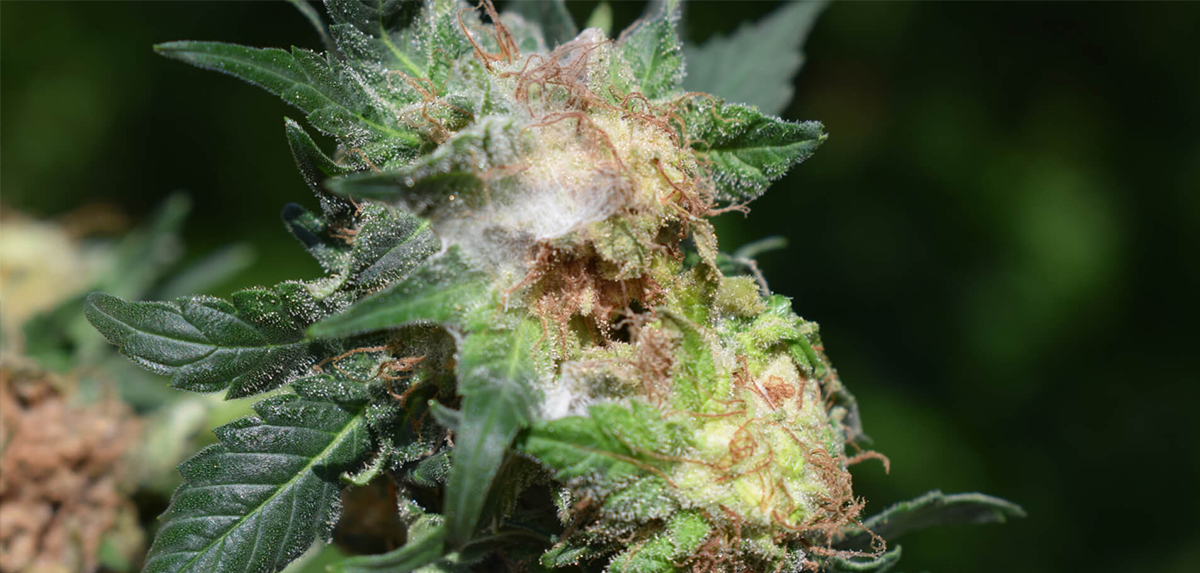
What is bud rot?
You may have heard of bud rot, but what exactly is it? Simply put, bud rot is caused by a fungus called Botrytis cinerea. This primarily attacks the more tender parts of the plant, especially the flowers and fruits.
Like a flower catching a cold, it starts to develop grayish-white "snot" (aka mold), and then it gets worse. This fungus is ubiquitous in the environment and thrives particularly well in moist and warm conditions.
What does bud rot look like?
If your plant has bud rot, you may see the flowers or leaves covered in some grayish-white mold. Over time, these parts will become limp and may eventually turn black and die.
Also, the disease is quite smelly because when the plant tissue begins to rot, it emits a damp, rotten smell.
What are the effects on cannabis?
For those growing cannabis, bud rot can be a serious enemy. The flowers of cannabis are densely packed, and the growing environment is relatively humid, which provides a perfect breeding ground for gray mold.
Once a flower is infected, the disease can quickly spread to the entire flower spike, causing the entire yield and quality to plummet. If it is not treated in time, the entire plant may not be saved, and the grower will suffer great losses.
How to identify cannabis bud rot?
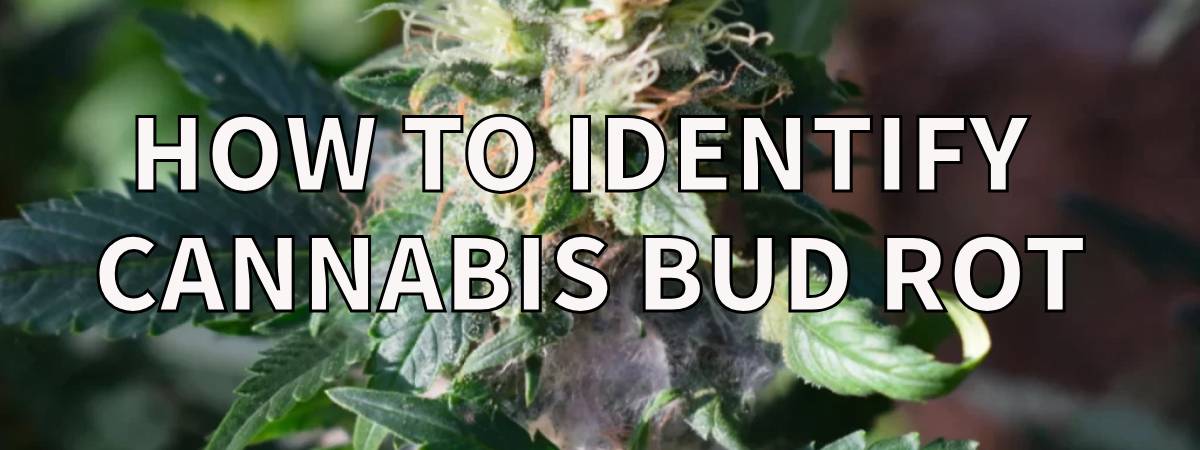
When your cannabis plants may be accidentally attacked by gray mold, early detection can greatly reduce the damage. Here are a few tips to help you quickly check if you have this condition:
1. Initial symptoms
Bud rot can be difficult to detect at first, especially since it likes to start quietly inside the flowers. You can see some small water-stained spots appearing at the base of the petals.
These spots will gradually grow larger and gradually reveal gray-white mildew spots. The flowers look normal on the outside, but there are actually some problems inside.
2. Obvious changes
Over time, if the disease worsens, you will see more and more of the grayish-white mold on the flowers. It may be just small patches at first, but soon the entire flower spike will be covered.
The flowers will feel soft to the touch at this time, and the color will change from bright green to brown or black - this is because the flowers are beginning to die.
3. Changes in touch and smell
Infected flowers will become soggy and a little sticky to the touch. This is because gray mold causes the cells in the flowers to break and the fluid to flow out.
Moreover, these flowers will begin to have a musty or rotten smell. Once you smell this smell, you can basically determine that the problem is serious.
Tips to Prevent Cannabis Bud Rot
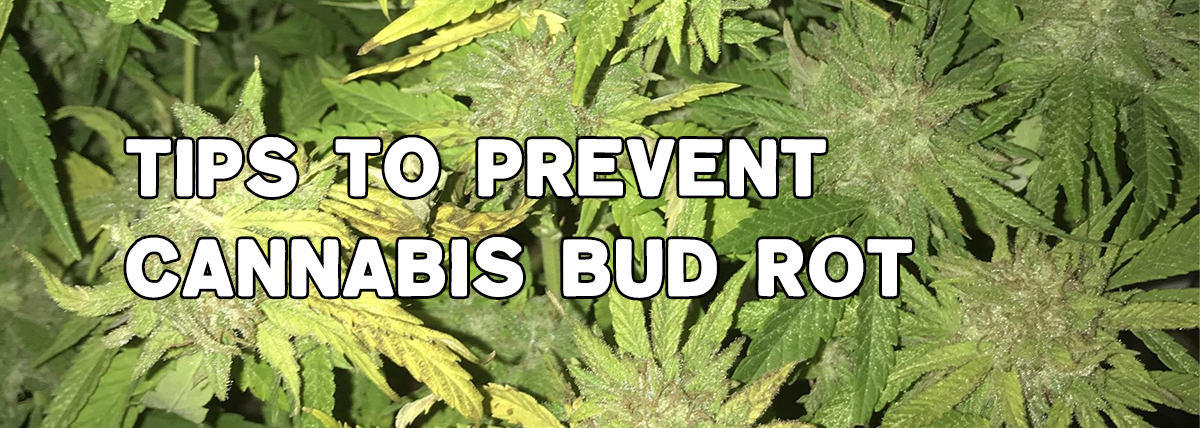
It's always wiser to prevent problems before they happen than to fix them later, especially when dealing with a problem like bud rot. The following few strategies can help you greatly reduce the risk of your cannabis plants being infected with gray mold and help your cannabis grow healthily.
1.Environmental control
Maintaining a dry, well-ventilated growing environment is the first priority in preventing bud rot. Using fans and ventilation systems can help regulate air movement, thereby reducing moisture build-up between plants.
Make sure the temperature and humidity in your grow room are properly controlled, especially during wet or rainy seasons.
2. Proper plant management
Space your plants well to avoid overcrowding. Dense planting blocks air circulation and promotes the accumulation of moisture, providing ideal growing conditions for bud rot.
Pruning your plants regularly to remove overly dense leaves and branches will increase air flow and light reaching the base of the plant.
3. Enhance plant resistance
Use an appropriate fertilizer and nutrient program to enhance the plant's natural defenses. Healthy plants are more resistant to disease attack.
Be careful not to over-apply nitrogen fertilizer, which may encourage the plant to produce more soft tissue that is more susceptible to gray mold.
4. Regular monitoring and early intervention
Check the health of your plants regularly, especially during the growing season. Watch for any unusual changes in the flowers and leaves, such as spots, discoloration, or the appearance of mildew. Once initial symptoms are discovered, isolation and treatment measures should be taken immediately to prevent the spread of the disease.
We all know that bud rot can be a thorny problem, but as long as it is discovered and dealt with promptly in the early stages, or corresponding preventive measures are taken in advance, its harm to the plants can be greatly reduced.
If you want to know more about cannabis cultivation tips or plant growth lights, you can click on the dialog box below to contact us.





















